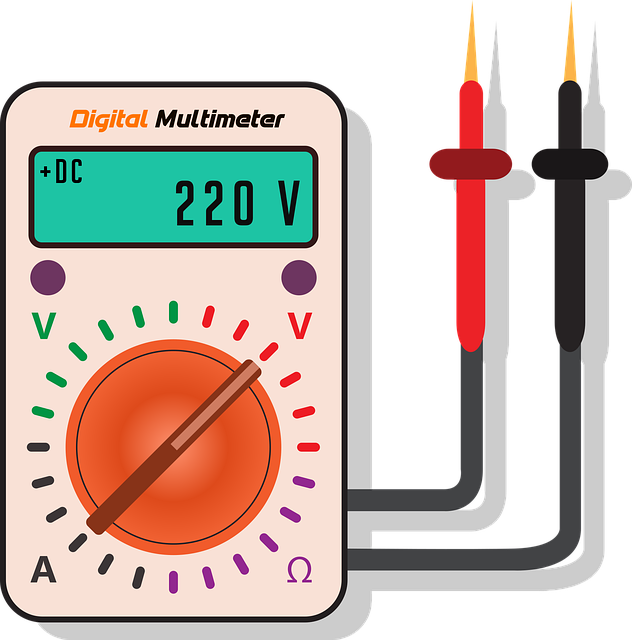1.Chemistry
2. Mathematics-1(Calculus and Differential Equations)
3. Programming for Problem Solving(PPS)
4. Workshop Manufacturing practice
5. English

EEE
First Semester
Atomic and Molecular Structure(10 Lectures)
Atomic structure and its properties at atomic and sub-atomic level, Failure of classical theories to explain properties of particles, Molecular orbitals of diatomic molecules and graphs of multicentre orbitals, Principal for combination of atomic orbita;s to form molecular orbitals, Schodinger equation, Photoelectric effect and Heisenberg uncertainty principle, Dual nature of electromagnetic radiation, Planks theory, Band structure, Electromagnetic radiation, Crystal field theory and the energy level diagram for transition metals ions and their magnetic properties.
Spectroscopic Technique and its Applications (8 Lectures)
Principal of vibrational and rotational spectroscopy and selection rules for application in diatomic molecules, Elementary idea for elecctronic spectroscopy. UV-VIS Spectroscopy with related rules and its applications. Fluorescence and its application in medicines. Basic principle of Nuclear magnetic resonance and its applications. Basics of magnetic resonance imaging.
Intermolecular forces and properties of Gases (4 Lectures)
Ionic, Dipolar and Vanderwalls interactions. Equations of stste of ideal and real gases, Deviation from ideal behaviour. Vanderwalls Gas Equation.
Use of free energy in chemical equilibriya and water chemistry (8 Lecture)
Thermodynamics functions: Energy, Enthalpy,Free energy. Equation to interrelate thermodynamics properties. Free Energy, EMF, and Cell potentials, The Nearst equation and its applications, Corrosion, Use of free energy considerations in metallurgy through ellingham diagrams. Solubility equilibria. Water chemistry hard and soft water, Parameretrs of quality of water to be used in different industries as for drinking water. Calculations of hardness of water in all units. Estimation of hardness using EDTA and Alkalinity methode. Removal of hardness by Sodalime and ion exchange methode including Zeolite Methode.
Periodic properties (4 Lectures)
Effective Nuclear charge, Penetration of orbitals, Vibrations of s,p,d,and f orbitals energies of atom in the periodic table. Electronic configuration, Atomic and ionic size, Ionization energies,Polarisation,Acid,Base,Principal of HSAB theory, Oxidation states, Hybridisation and Moecular geometry.
Stereochemistry (4 Lectures)
Representation of 3-D structures, Structural Isomersand stereoisomers, Diastereomers,Optical activity, Configuration and symmetry and chirality,enantiomers,Absolute configurations and confirmational analysis.
Organic reactions and synthesis of drugs moleculed (4 lectures)
Introduction to intermediates and reaction involving substitution, Addition, Elimination, Oxidation-Reductions. Diels Elders cuclization and epoxide ring opening reactiion. Synthesis of a commonly used drug molecules like Aspirin.
Choose any 10-12 experiments from below
1. Determination of surface tension and viscosity.
2. Thin layer chromatography.
3. Ion Exchange column for removal of hardness of water.
4. Determination of chloride component of water.
5. Colligative properties using freezing point depression.
6. Determination of rate constant of reaction.
7. Determination of cell constant and conductance of solution.
8. Potentiomerty-Determination of redox potential and Emfs.
9. synthesis of a polymer/drug.
10. Saponication/ acid value of oil.
10. Chemical analysis of a salt.
11. Lattice structure and packing of spheres.
12. Model of potential Energy surface.
13. Chemical oscillations-Iodine clock reaction.
14. Adsorption of acetic acid by charcoal.
15. Use of capillary viscisimeter to the demonstrate of the iso electric point as the PH of minimum viscosity.